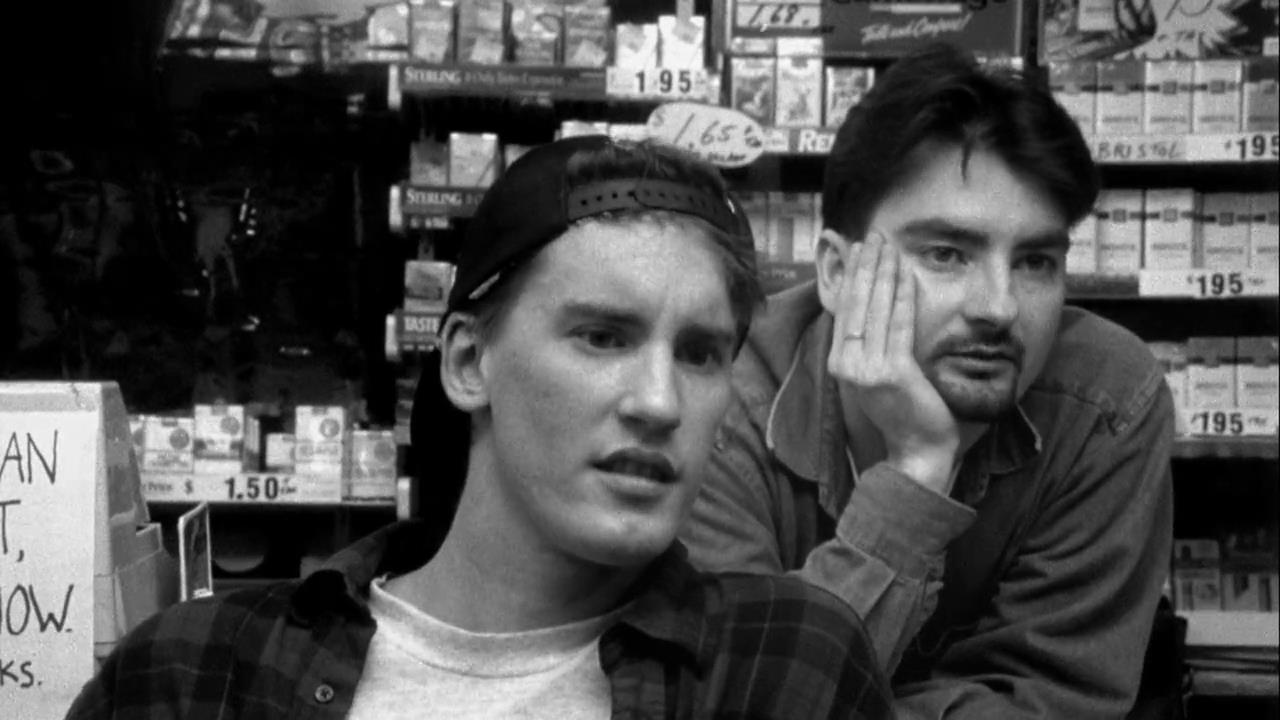
Is cinema as we know it dangerously close to extinction? This alarming question may seem over the top but it actually expresses a very real possibility; as the average movie costs and allowed budgets get outrageously larger, the relative profit studios make gets understandably lower.
When a movie requires a budget of $140 million, as is the case for Captain America: The First Avenger, which grossed over a staggering $370 million woldwide, it can be noticed that the revenue-to-investment ratio is about 2,5 times.
It could be pointed out that this is still an enormous sum so there was no downside to the investment, this is by all means a wildly successful blockbuster. In the same year, Pirates of the Carribean: On Stranger Tides and X-Men: First Class made $241 and $146 million respectively. Nevertheless, they still flopped, coming up some $9 and $14 million short.
However, studios are churning out one ridiculously expensive film after the other, at such a rapid pace that audiences can hardly keep up anymore; there are more films being released each year than the previous one while the moviegoing frequency is pretty much unchanged (if not diminished). As a result, even movies that should be called blockbusters and did attract crowds are barely breaking even or worse, still flopping.
It is only logical for studios to get more and more reluctant to experiment and trust an innovative project or an unknown filmmaker, as it is a huge risk to invest an 8 or 9 figure sum in it. This plays an important part in why we see so many sequels of tired franchises while anything remotely original gets outshined.
The list that follows, however, is comprised of 15 films that were made with genuine love through adversities and still manage to contribute something to the 7th art while costing less than $14 million combined. This is a lot closer to cinema as it is supposed to be.
1. Lost in Translation (Sofia Coppola, 2003)
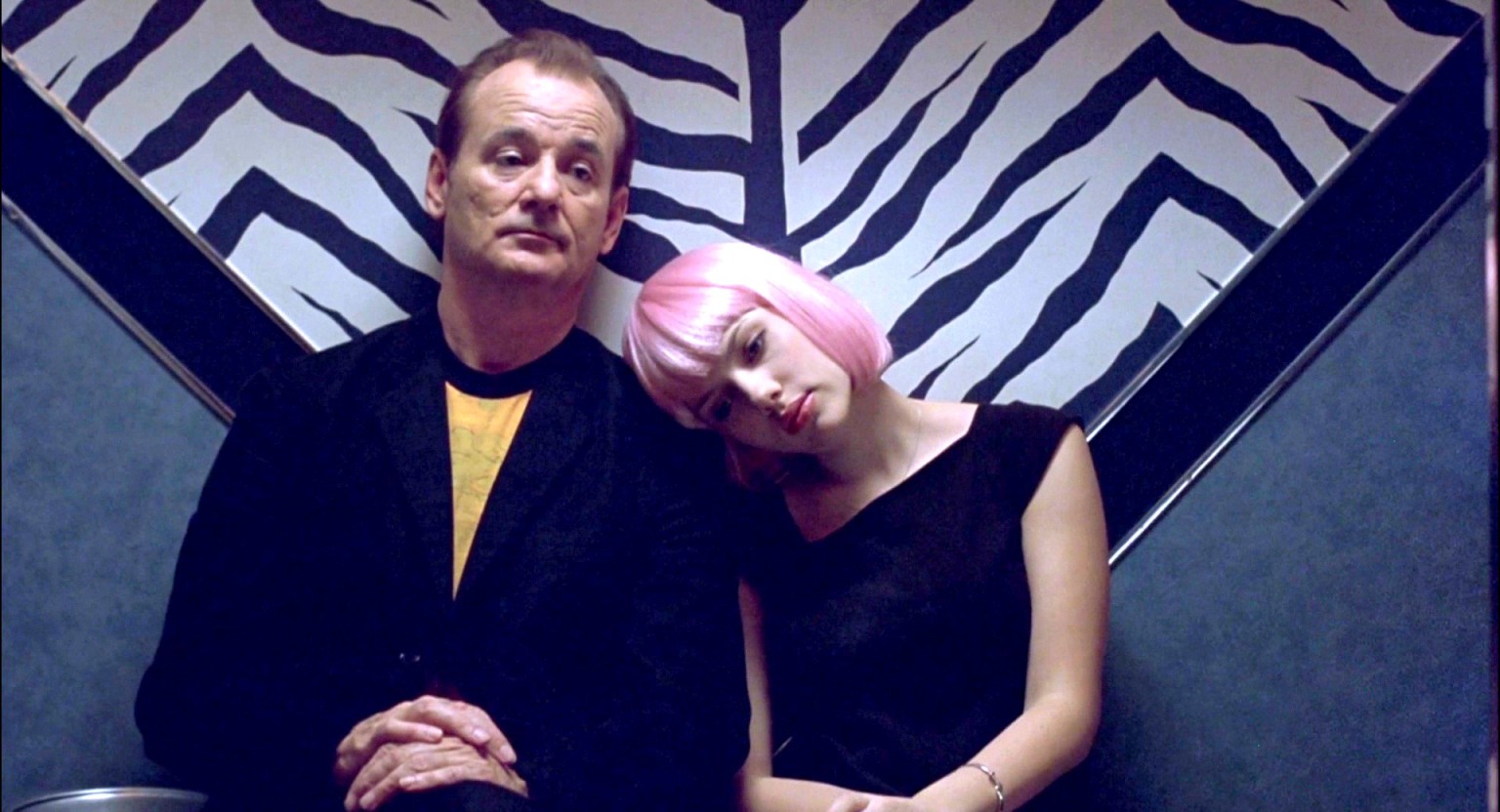
The single most expensive film to feature on this list is not expensive at all by Hollywood standards. With $4 million to spare, an exotic location, relatively famous cast and decent post-production, it may seem extremely well-polished compared to some of the other titles below but it maintains its indie character and idiosyncratic feel.
Bob and Charlotte are two Americans that find themselves alone and feeling lost in the beautiful yet strange city of Tokyo. The geographic distance from their former lives is not so much the issue compared to the mental alienation they experience, both from their respective spouses and their sense of purpose in life. Thus, they find a kind of freedom in their new environment and an understanding in each other that brings them close and is truly beautiful to watch.
Lost in Translation earned director Sofia Coppola the distinction of being the third woman nominated for the Best Picture Academy Award and, more importantly, of being Bill Murray’s favourite film of his own. Coppola wrote Bob’s part especially with him in mind and had he refused to play, she would not have made the film. Fortunately, after leaving hundreds of messages in his voice mail, he verbally accepted and everyone departed on good faith that he would show up.
This proved to be only one of Coppola’s successful artistic choices, along with her trademark, hip soundtrack, shooting on film for its romantic feel and risking arrest of her crew while filming in some outdoor locations. The movie proved an audience favourite at the box office, making close to $120 million worldwide.
2. The Full Monty (Peter Cattaneo, 1997)
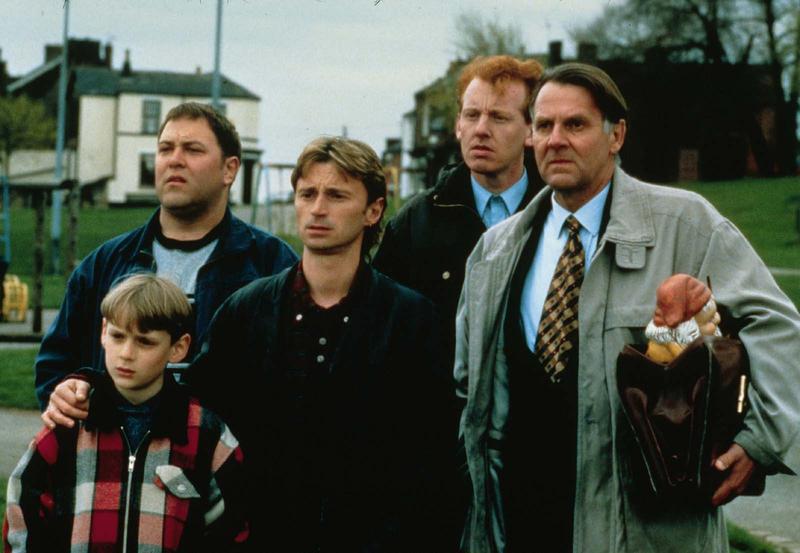
This obscure British production, with a modest budget of just $3.5 million and a cast of unknowns except Robert Carlyle, hot off his Trainspotting success, made it to 4 Academy Award nominations and one win out of nowhere.
Its characters, an odd array of unemployed and desperate men living in Sheffield, England, looking and succeeding to earn their living by stripping, seem extremely believable and dialogue flows naturally, peppered with local slang (that forced several US theatres to provide explanatory leaflets before screenings).
Even the title, a british slang phrase meaning “the whole thing” was a cause of confusion as there is no actual character named Monty. Despite the issues, life imitated art and the movie grossed almost $258 million worldwide.
Cheerful soundtrack during awkward dance rehearsals, well-timed comedic exchanges and the overall taunting of the macho men concept all come together to create a film that’s both genuinely funny and unexpectedly tender.
The feeling conveyed is one of friendship, solidarity and appreciation of the different bonds that men form, with children, spouses and, mostly, each other. Danny Boyle must have regretted turning it down when he was offered the director position but it is certainly delightful that the result came out this way thanks to Peter Cattaneo.
3. The Purge (James DeMonaco, 2013)
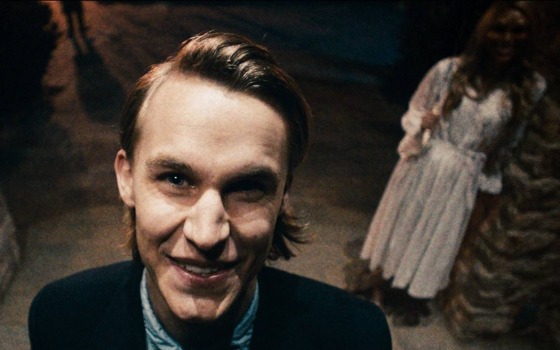
A 2013 thriller that was both written and directed by James DeMonaco, the main idea for The Purge was conceived after a road rage incident that happened to its creator and a remark his wife made. The concept is an interesting one, too; in the near future (merely 6 years from now, to be exact) the USA are enforcing the unorthodox policy of permitting all crime during a specific 12-hour period each year.
The measure proves remarkably successful and crime rates have dropped lower than ever. Meanwhile, the plot follows one wealthy family and the danger they find themselves in on the night of the Purge, while being in lockdown facilitated by elaborate safety systems.
The main parts of the married couple are played satisfyingly by Ethan Hawke and Lena Headey of Game of Thrones fame. Specifically, the first is well used to action-demanding roles and the latter is no stranger to gritty characters that get into difficult situations.
As for the rest of the movie, it uses its genre’s arsenal wisely, with nicely spread-out jump scares, plot twists and the unavoidable bloodshed. It does dabble into social commentary too, as it is shown that poor people become the easy targets of violence and one such near-victim that finds shelter in the family’s house is a black man.
Overall, the film is an honest thriller, with all the misfires and charm that fans of the genre have learned to love, especially keeping in mind its meager $3 million budget that translated to a 30 times that number profit, making $89 million at the box office.
4. Saw (James Wan, 2004)
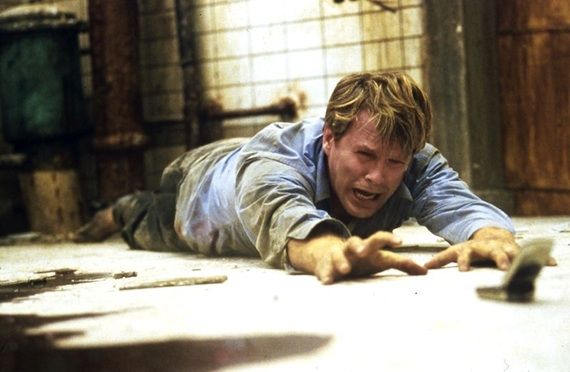
Anyone who was a teenager and/or fearless enough in the mid-00’s just had to watch Saw. The iconic horror movie that spawned the entire genre of so-called torture porn was neither the first nor the last of its kind to prove extremely profitable but it is one of the few that can also boast a clever, interesting story.
Opposite to other famous horror franchises and even its own sequels, Saw goes beyond the simplistic “psycho killer hunts down and murders a bunch of people one by one” scenario, especially due to its imaginative methodology of said killings.
Two strangers wake up chained to an unfamiliar room and are soon given specific rules to a game they have to play in order to survive. At the same time, two detectives are hunting down the serial killer who put them there, as they are not the first victims of his strange, educative ways. A corpse laying in the middle of the room, a tape player, the homonymous saw and an unforgettable plot twist complete the myth.
Adapting to a certain pattern that permeats this list and will become obvious below, the flick is James Wan’s directorial debut. Additionally, it was shot in just 18 days and mostly in chronological or by appearing actor order, as in Danny Glover’s case, who had all of his scenes filmed in barely 2 days.
Making the characteristic Jigsaw puppet from scratch, cunningly creating more footage to supplement the material and only shooting indoors (even for the car chase) were only some of the ways through which budget was kept quite low, rounding up to $1,2 million, without sacrificing character. Revenue, on the other hand, was anything but low, reaching a whopping $103 million.
5. Rocky (John G. Avildsen, 1976)
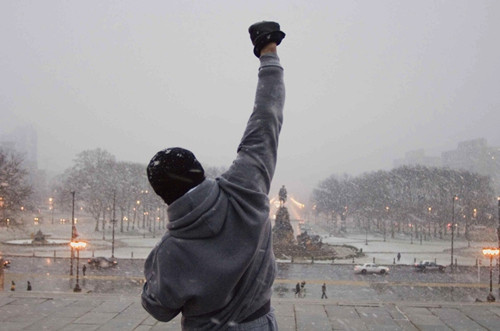
30-year-old Sylvester Stallone was down on his luck and struggling to make it both as an actor and a writer when he wrote Rocky. Inspired by the Wepner-Ali fight, in which underdog Wepner persevered in spite of ruthless beating until the 15th round, and his personal life story that far, he wrote the script, and the rest became multiple Academy Award nominee (and winning) history.
In the movie, Stallone plays the title character, Rocky Balboa, an unlikely contender for the heavy-weight champion title that, much like in real life, is determined to let nothing get in his way. By his own admission, he drew a lot of parallels with his life but did not find the “actor” premise as inspiring as the “boxer” one.
The fact that this movie was ever even greenlighted by production is a miracle on its own; when two producers offered to buy the rights, Stallone refused to sell unless he starred, despite being destitute, with about $100 in his bank account and actually trying to sell his dog because he could not afford to feed him.
When they finally settled, United Artists decided to cut the originally intended $2 million budget in half specifically because of Stallone being cast instead of some bigger star. The additional sum necessary to complete the film was secured from both the producers mortgaging their houses.
Justification for all parties involved came when they cashed in on an amazing $225 million at the box office, as well as a cinematic golden egg-laying goose of a franchise. More importantly, Stallone was also able to keep his dog, who also features in the movie.